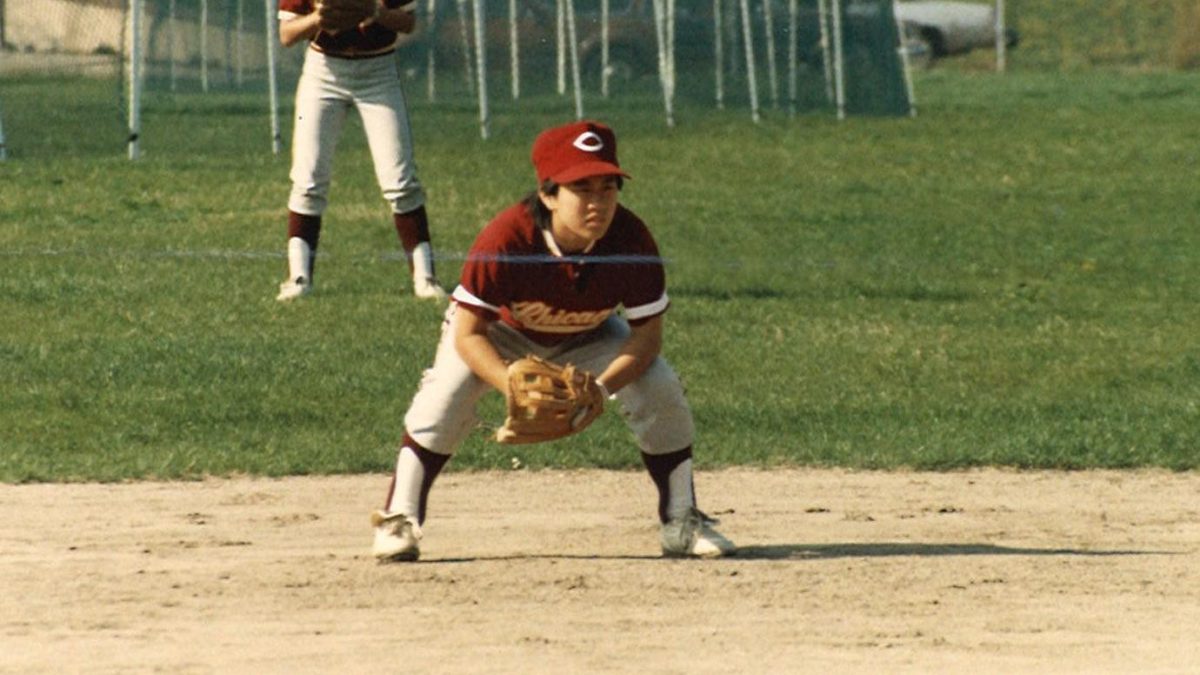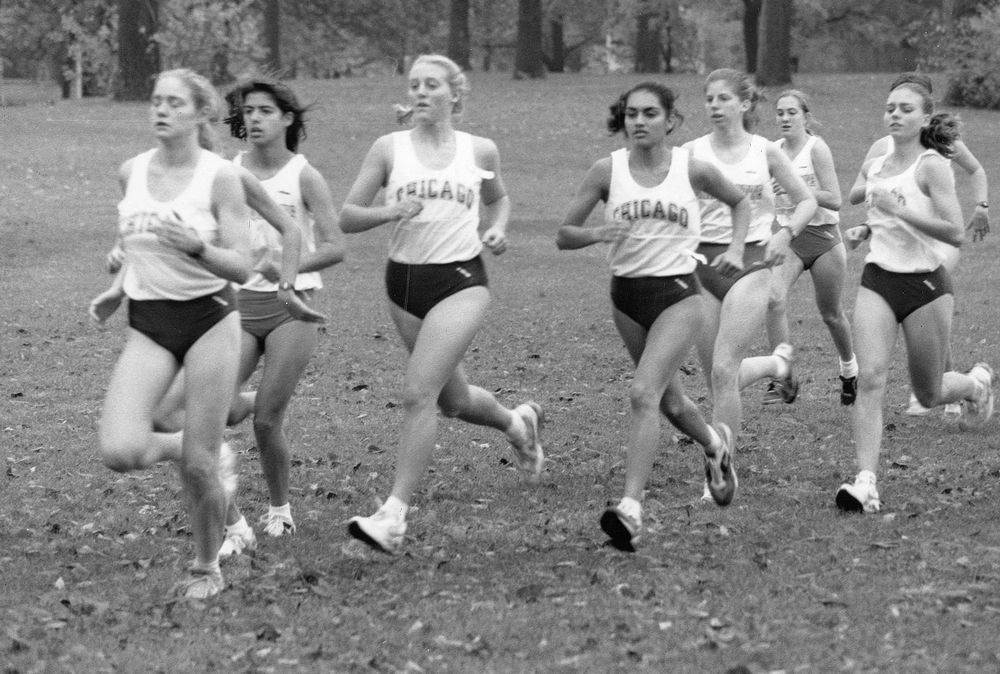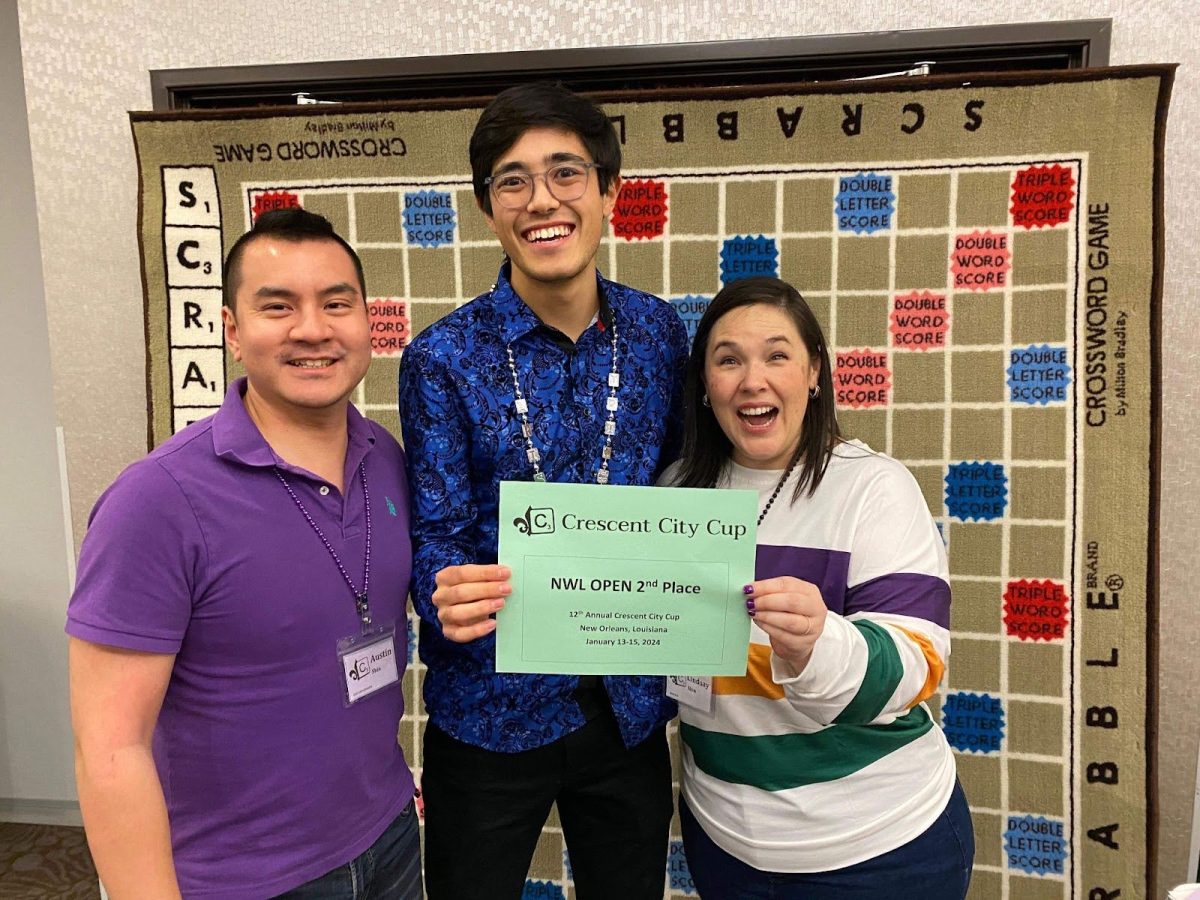Saturday was not exactly a day at the beach for men’s and women’s cross country, as the team’s most grueling race of the season ran along the shores of Lake Michigan.
Along Montrose Beach on Chicago’s North Side, men’s and women’s cross country squads kicked their competitive instincts up several notches at the 33rd Annual Sean Earl Loyola Lakefront Invitational. Battling 27 squads from across North America, the men managed 397 points for a respectable 12th place finish and the women captured 13th place with 364 points.
Due to the women’s excellent performance at the 2004 Loyola Invite and the men’s similarly exceptional showing in 2003, both men’s and women’s factions raced in the Gold Division, facing off against Division I schools. In addition to the high level competition, the course was sprinkled with natural obstacles including a hill and sand pit.
“This is probably the most competitive race this season,” said fourth-year women’s co-captain Jessica Winter. “It’s even more competitive than nationals.”
Even in the presence of scholarship athletes and a more challenging course, the squads were able to deliver several impressive individual performances. Top finishes for the men include fourth-years Teage O’Connor in 58th place and Pat Hogan’s 68th place finish followed by third-year Brian Hogan’s 111th place ranking just seconds ahead of first-year standout Jon Ascolese in the 112th spot. On the women’s side Jessica Winter took 15th while third-years Dilshanie Perera and Vidthya Abraham finished 70th and 80th respectively.
With the conference, regional, and national meets on the horizon, athletes used the Lakefront Invite to acclimate themselves to larger fields, tougher competition, and different racing tactics.
“The start was really crowded and I think everyone went out a little faster than they would have liked,” Perera said. “Our strategy throughout the race was to just find each other and move up in groups.”
“In a field of 28 teams this weekend, we were the only non-scholarship program in the Gold division,” head coach Chris Hall said. “It’s a great experience for us to get into a field like this and feel what it’s like to be running well but perhaps not near the front of a pack. This is difficult for the athletes to adjust to but we do this because it’s a tremendous learning experience for the Regional and National meets.
“We will be more prepared to run in those fields later this season now. The hard part about this type of race is that when you are not having your best day it is magnified and it’s possible to get really frustrated.”
Crowds, hills and scholarship athletes aside, the Maroons found plenty of reasons to love the annual race.
“It’s a really high energy environment,” fourth-year women’s team captain Annie Sanders said. “The location allows a lot of parents and friends to come and watch, which adds a really positive element.”
The Maroons will head to Lisle, Illinois on Friday with hopes to continue their pattern of steady improvement at the Benedictine Invite. Athletes and coaches alike are focused on progressively perfecting performances in anticipation of UAAs and NCAAs.
“Two years ago our women qualified to the NCAAs and last year our men got to that meet. This year my goal is that both the men’s and women’s teams are competing at the NCAA’s together,” Hall said. “We have put ourselves into a position where that is very possible but will have to run very well at the regional meet to accomplish this goal.”
“This year’s team is the deepest it has been in the four years I’ve been here,” Sanders said. “All runners are willing and able to step in and really compete when they need to. I think we can go to Nationals. We still have a little way to go, but I think it is feasible.”









